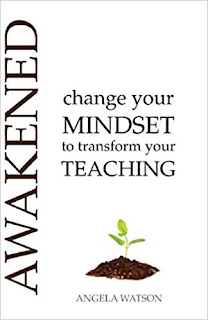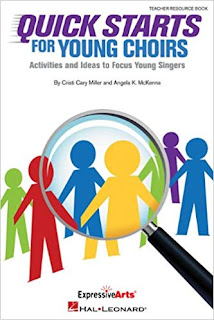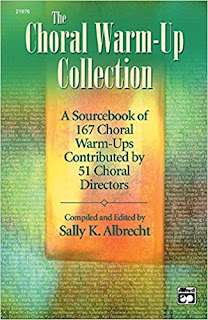Flossing.
It's everywhere in every music classroom--and I'm not talking about teeth. I can't even remember the first student who started doing it in my classroom, but I thank them for introducing me early so I was "educated" when other students began having arms swinging around their hips at maddening speeds that my 36-year-old body cannot even fathom to attempt.Anyway, rather than fight the phenomenon that is sweeping the world, I thought I would go with it and use it to educate my students.
The Dentist Song (aka--Floss Your Teeth)
1. Tell your students you are going to sing them a "boring" song about going to the dentist. Watch their eyes roll and the groans begin.
2. Proceed to sing the following song:
You can download your own copy here.
3. See several student's eyes light up as they realize where you are really going with this song--and yes, you are going there . . .
4. Have a short discussion about whether the motion for flossing is in sets of 3 or 4. I highly recommend performing the floss in slo-mo saying "Floss, out, across. Floss, out across." Hopefully that will give a few of them a hint that the answer is 3. This is a great time to talk about meter and/or time signatures for a hot second (I don't advise a lengthy discussion at this point because their hips are all itching to floss and they can only pay attention for -0.2 nanoseconds.)
5. Field 20 comments about how your flossing isn't up to snuff in their world. Hint: Do NOT bend your knees while flossing--this was my fatal error when I first began. Also, apparently there is something incorrect with how I hold my wrists, perhaps some PD will teach me how to perfect my floss some day. One can always dream. . .
If you REALLY need help flossing, watch this:
6. Have students floss TO THE BEAT. This a new concept to them. They have been flossing wildly to incorrect meters for a year now, so this may be harder than you think. (Note: Assure kids who can't floss that they won't have to stand up in front of the class, but to do their best. It's best to show them what your first attempt at flossing looked like so they don't feel intimidated.)
7. Have a "floss off" in which all students compete to "floss to the beat" in order to be one of 5 finalists who compete in front of the class. Choose 5 students who can actually floss to the beat to come up front--impressive! (Note: It may take a few times through the song to see the 5 finalists. Something about 28 sets of swinging arms does crazy things to your eyes . . .)
8. Have finalists floss together in front of the class. Classmates get to vote 2 times (this assures everyone should get some votes!).
9. Shower the winner with your admiration. (Note: Also, take a video of their style so next year YOU will be able to win the competition ;)
This music is free for educational use only. Enjoy and share with others! May your hip flexibility improve after teaching this to several classes in a row without a break. Hey, you're tough, you're a music teacher!
Catch you next time I have something noteworthy (or flossworthy)!










